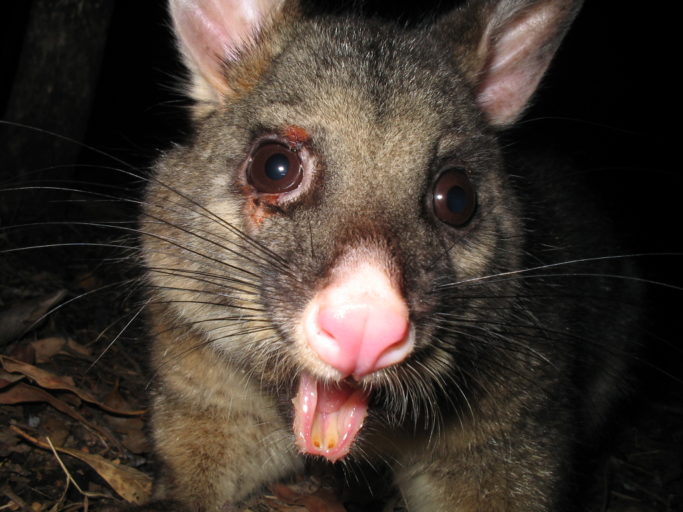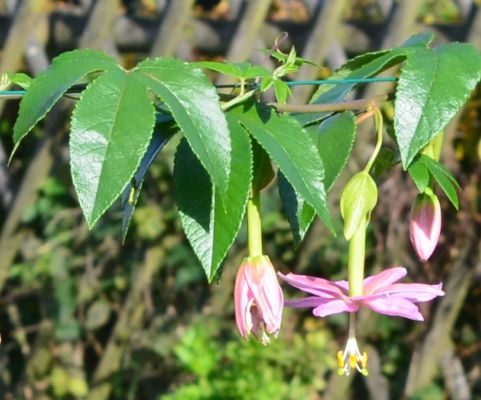Possums – those cute Aussie furballs are decimating New Zealand forests – so why don’t we just develop our fur industry and make money from the problem? After all, that’s why they were introduced to New Zealand in the first place. More rural employment, less possums – the bush grows back and New Zealand’s rural communities grow a new industry. What’s not to like?
It sounds such a great idea that you’ve got to wonder why it isn’t happening already. Plenty of people have suggested it – but can a sustainable possum industry be created that would keep possums numbers low enough to protect forest biodiversity? Would it actually work? Do the numbers add up?

Back in 2012, a group of researchers at Landcare Research, Lincoln investigated the oft-touted idea. They interviewed trappers, collated trapping data, modelled what would happen as more possums were culled and numbers dropped, they did the sums to see how many possums you’d need to trap to make a basic living and they came up with some interesting conclusions.
Christopher Jones et al based their study on podocarp-dominated forest in the North Island. Interviews with trappers revealed that: “…harvesters expected trap-catch indices (TCIs) of 50–70% when initiating a trap-line, stopped trapping when pull-out trap-catch index (POTCI) was 26% (range 20–30%), and left trapped areas for at least 1 year before returning. The effective trapping distance around a trap-line was 200 m and the decline in possum captures on a line over 24 harvest-days declined exponentially from an initial 63% on day 2 to under 8% from day 21 on.”
So what does it take to make an economically sustainable living from possum fur and skins?
“The optimum strategy for sustaining an income of NZ$30,000 from harvest required access to 8–10 lines of 80 traps per year, ceasing trapping at 25% POTCI and leaving possums to recover for 3 years.”
Therein lies the problem. Leaving possums to recover for three years is, as the researchers point out, “unlikely to achieve conservation gains.”
So economically, the possum problem isn’t going to take care of itself, through a fur industry alone. On the other hand, a large amount of money is currently used to control possums for conservation purposes. What if some of that money was diverted to increase the economic sustainability of trapping at low possum numbers, so that there were also good conservation outcomes?
The researchers conclude: “Harvesters could trap to the levels required to achieve these outcomes if subsidized by management agencies that, in return, would benefit from possum control to the same degree, but at lower cost, than current standard ground-control methods.”
So a win-win might just be possible – at least for “possum control to the same degree” as what we have currently. The next question might be – is the current degree of possum control enough?
The full research report is published in Biological Conservation (2012). The abstract is freely available and the full article can be purchased:
More on possums – this time research from University of Canterbury scientists that shows possums are not only eating our forests – they’re helping to disperse invasive introduced plant species too.

The banana passionfruit is a noxious vine, invasive in coastal forests in New Zealand, and its fruit is eaten by possums, rats and pigs. Rats, it seems, are innocent of spreading the vine. In lab experiments only a few seeds passed intact through the digestive system of Norway rats and none of these germinated. Not so with captive possums and feral pigs. “Seeds extracted from pig and possum droppings readily germinated, with final germination success not significantly different from hand-cleaned or in-flesh seeds.”
The researchers not only investigated germination in a lab setting. They also looked at fruiting of banana passionfruit in the Marlborough Sounds and used infrared cameras to see who was harvesting the fruit.
“Fruits were removed quickly after ripening. Significantly fewer fruits were wholly removed from off-road locations than locations on road edges, but removal was high in both cases (70% and 93% respectively) indicating likely dispersal by both humans and wild animals. We found no evidence of dispersal by birds, but infrared cameras documented possums and rats consuming fruits in the field.”
Pest plants and pest animals are, it seems, finding ways to work together. The researchers conclude: “Banana passionfruit has formed invasive mutualisms for both pollination (with introduced bees) and dispersal (with introduced mammals), exacerbating its spread. Weed management should combine direct weed control with limiting the spread of banana passionfruit, by managing feral pigs and possums.”
This research is published in the New Zealand Journal of Ecology and is freely available:

